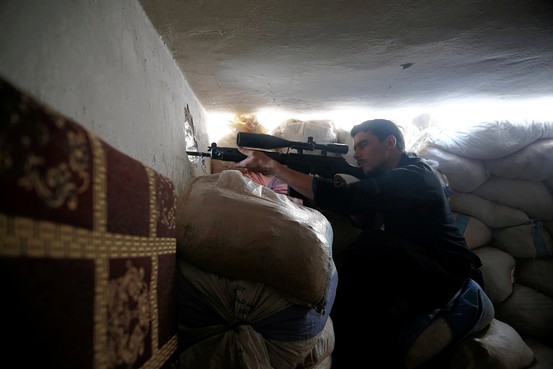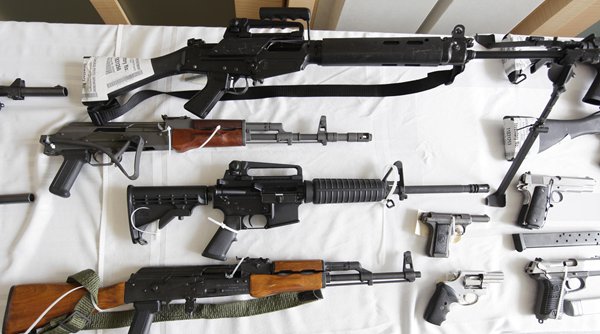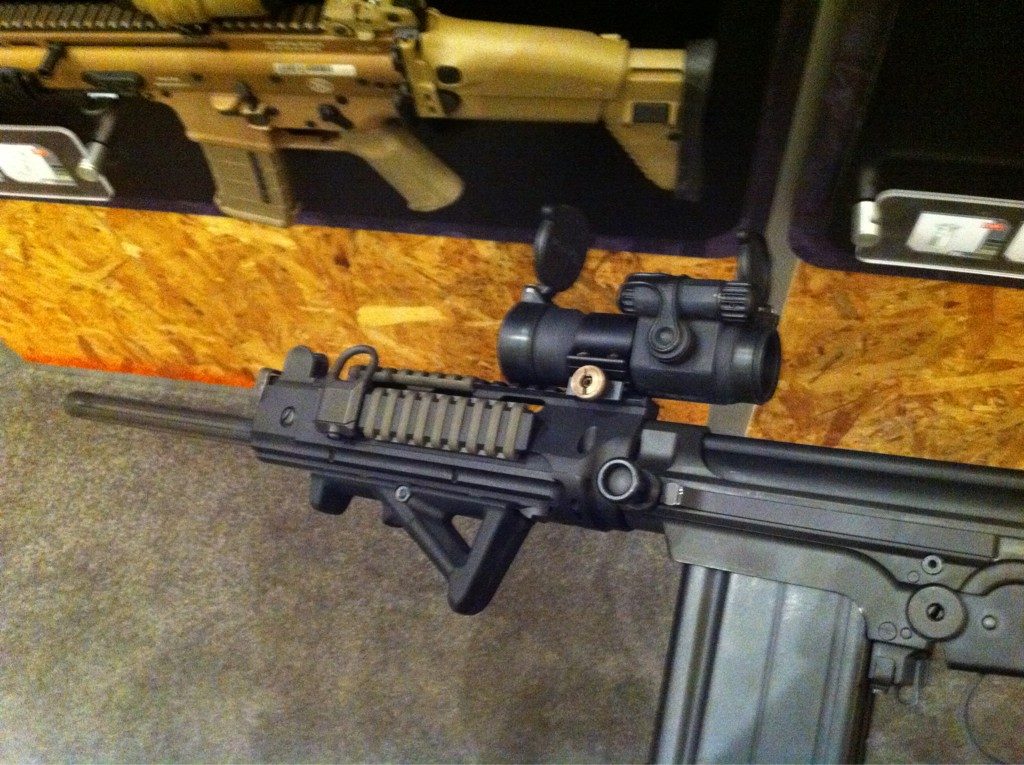I came across a study this week from the Small Arms Study on the firearms used in the Libyan Civil War that overthrew Muammar Gaddafi. The Small Arms Study is an independent research project located at the Graduate Institute of International and Development Studies in Geneva, Switzerland. Their research focus is on the spread of small arms and light weapons which they consider a threat to “human security”. While generally what we would consider a gun control organization, their research is leagues ahead of anything that might come out the gun prohibitionists such as the Violence Policy Center.
This study found that the most common rifle seen on the battlefields of Libya after the ubiquitous AK was the FN-FAL.
After Kalashnikov-pattern rifles, Fusil Automatique Léger (FAL) rifles were among the most frequently sighted
firearms during the 2011 armed conflict in Libya. A number of FAL rifles used during the conflict were subsequently recirculated throughout the broader sub-region. Indeed, between 2011 and 2013 FAL rifles
reportedly smuggled from Libya were seized or documented in several countries, including Algeria, Lebanon,
Niger, Syria, and Tunisia.
Although factory markings, serial numbers, and technical characteristics do not provide conclusive proof of the
age or end users of Belgian FAL rifles used in the Libyan conflict, they do allow useful inferences to be drawn. This report discusses the basis of such inferences and offers guidance on data gathering with a view to advancing our general knowledge of the use and circulation of Belgian FAL rifles and encouraging relevant authorities to step up tracing efforts.
 |
| Using a desk chair and FN-FAL against jet fighter in Libya – from The Atlantic |
The report examined the factory markings on the FALs found in Libya to determine origin and age. They concluded that most of the FALs found were made after 1971 because FN Herstal had changed from “Fabrique Nationale d’Armes de
Guerre Herstal Belgique to Fabrique Nationale Herstal Belgique or, alternatively, Fabrique Nationale Herstal
Belgium” in late 1971.
FN Herstal exported a number of FN-FALs to Libya from 1969 through 1988.
Evidence suggests that most of the FAL rifles used in Libya in the 2011 conflict were FALs of Belgian production
(FN FALs). Belgian records document authorized exports of 46,260 FN FAL rifles to Libya from
1969 to 1988, though the actual number of rifles exported may be lower. In addition to direct sales from Belgium, re-exports of FN FALs from other countries to Libya may have occurred before or during the 2011 conflict. Illicit sales of FALs to actors in Libya through underground arms merchants may also account for a portion of the rifles used during the 2011 conflict.
The study goes into extensive detail about serial numbers and receiver variations seen in FN-FALs. While some might find this boring, fans of the FN-FAL like myself will find it quite interesting. I’d recommend downloading and reading this short (8-page) study.




